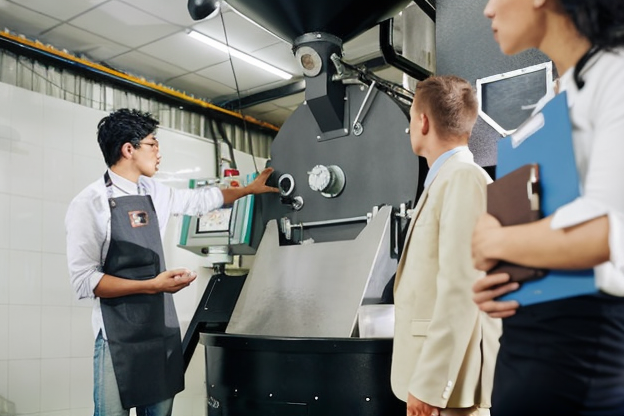The Evolution of Aerospace Sheet Metal Fabrication: Precision and Complexity+ View more
Computer Numerical Control (CNC) machines are the backbone of this innovative process. They provide the ability to cut, punch, and bend metal sheets with such accuracy that it is possible to produce parts that fit together with minimal need for adjustment. This not only saves on manufacturing time but also reduces the waste of materials, making the process more efficient and cost-effective. The precise nature of CNC machining also contributes to the safety and reliability of the final product, which is a non-negotiable aspect in the aerospace industry.
Pioneering Innovations in Sheet Metal Fabrication: Towards a Lighter and Stronger Future
In the quest for more efficient aircraft, weight reduction without compromising strength is a key goal. Sheet metal fabrication technologies are continually evolving to address this challenge. Innovative methods such as hydroforming and superplastic forming are being employed to create lighter, yet stronger components. These techniques allow for the creation of parts with more complex geometries and finer detail than ever before, which is essential in the production of next-generation aerospace structures.
Moreover, the integration of new materials such as titanium alloys and composite materials into sheet metal fabrication processes is pushing the boundaries of what is possible. These materials provide the strength needed for aerospace applications but at a fraction of the weight of traditional metals. As these materials become more mainstream within the industry, we can expect to see an increase in their usage, leading to lighter, more fuel-efficient aircraft with an overall reduction in environmental impact.
Future Prospects: Automation and Sustainability in Sheet Metal Fabrication
Looking towards the future, automation is set to play an even bigger role in the sheet metal fabrication process. With the development of more sophisticated CAD/CAM systems and robotic machinery, the potential for fully automated production lines is becoming a reality. This would not only streamline the manufacturing process but also enhance the consistency and quality of the final products.
Additionally, sustainability concerns are driving research and development in the industry. There is a growing emphasis on reducing the carbon footprint of manufacturing processes, and sheet metal fabrication is under scrutiny. Innovations such as electrically powered CNC machines and the recycling of metal waste are just the beginning. The industry is moving towards more sustainable practices, including the use of renewable energy sources and the reduction of hazardous by-products, ensuring that aerospace engineering continues to advance without detriment to our planet.

